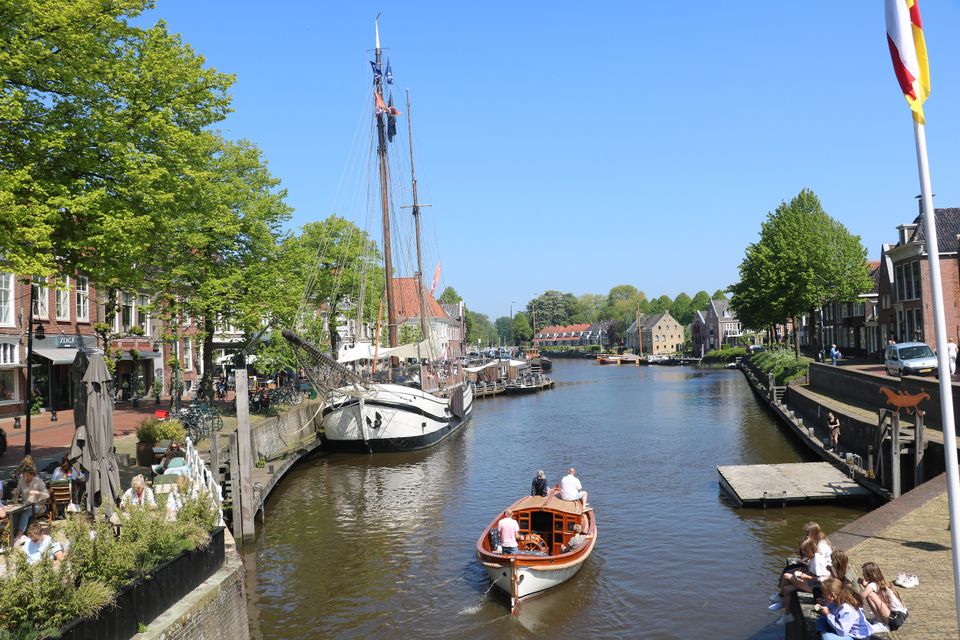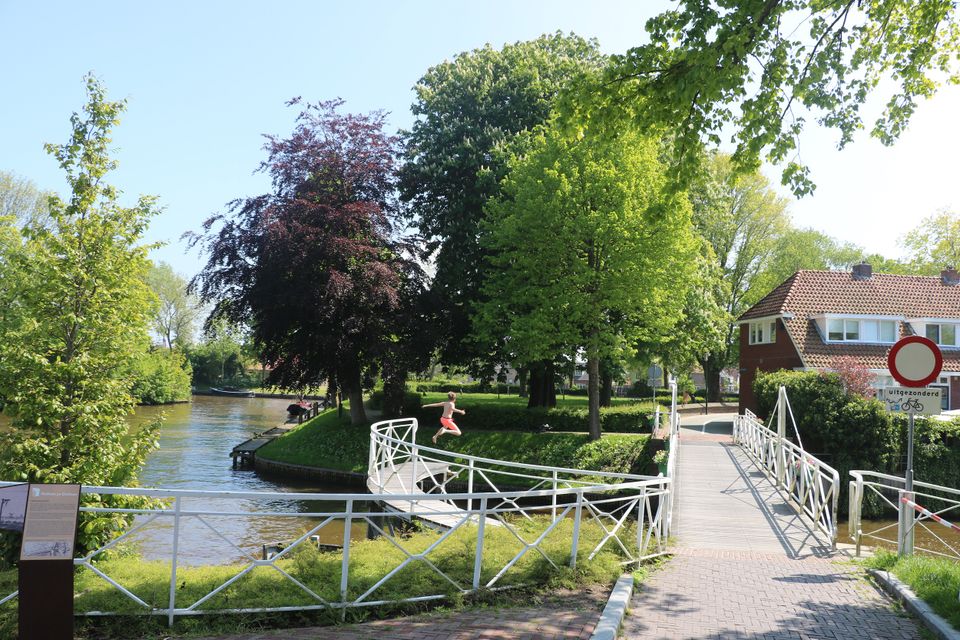Kollumeroord - Dokkum | Klooster Claercamppad pilgrimage trail: Stage 3
The third stage of the Klooster Claercamppad pilgrimage trail leads through Friesland’s delta landscape – a countryside of meadows, fields, mounds, old rivers and streams. It ends in Dokkum, the most important pilgrimage site in the Northern Netherlands. Back in 754, this was where the missionary who was later canonised as Saint Boniface was killed.
In 2022, Father Titus Brandsma who was born in Bolsward was also declared a saint. It was he who initiated the building of the St Boniface Chapel in Dokkum, where this stage of the trail ends.
The recreational area of Kollumeroord where this walk…
The third stage of the Klooster Claercamppad pilgrimage trail leads through Friesland’s delta landscape – a countryside of meadows, fields, mounds, old rivers and streams. It ends in Dokkum, the most important pilgrimage site in the Northern Netherlands. Back in 754, this was where the missionary who was later canonised as Saint Boniface was killed.
In 2022, Father Titus Brandsma who was born in Bolsward was also declared a saint. It was he who initiated the building of the St Boniface Chapel in Dokkum, where this stage of the trail ends.
The recreational area of Kollumeroord where this walk starts is situated on the bank of the Dokkumer Grutdjip waterway. The people of Dokkum dug the waterway in the 11th century to help drain the land. For safety reasons, the Dokkumer Grutdjip was cut off from the former Lauwerszee estuary at the hamlet of Dokkumer Nieuwe Zijlen in 1729. You can view the floodgate and the sea wall between junctions 71 and 76.
You walk along a winding road that takes you to small mound villages such as Tibma, Ee and Oostrum. Here you will find narrow cobbled streets and lovely little churches, such as the one at Oostrum, which is dedicated to the patron saint of merchants and sailors. In the past, this region used to produce and sell all sorts of things, from linen made from locally grown flax to traditional bricks made from local clay, which were used to build monasteries and churches. You can still see one of the old brickyards.
The inviting atmosphere of the centre of Dokkum beckons in the distance. At the regional museum in Dokkum there is a permanent exhibition about Saint Boniface, which also sheds light on the history of Claercamp monastery. You end up at the tranquil St Boniface Chapel, which served as a resting place on the way to Claercamp monastery.
This route is part of the Klooster Claercamppad pilgrimage trail.
Sights on this route
Starting point:
Waypoint walk 42
Kollumerpomp
Navigate to starting point
Waypoint walk 42
Kollumerpomp
Navigate to starting point
Sluis Dokkumer Nieuwe Zijlen
De sluis en zeekering bij Dokkumer Nieuwe Zijlen vormen een rijksmonument uit 1729. Hierbij staat een obelisk als monument ‘Ter Eewiger Gedagtenis van de overdijking van 't Dokkumer Diep’.

Vlasmuseum It Braakhok
Wist je dat we bijna allemaal wekelijks wel iets van vlas gebruiken? In het Braakhok kom je er achter...
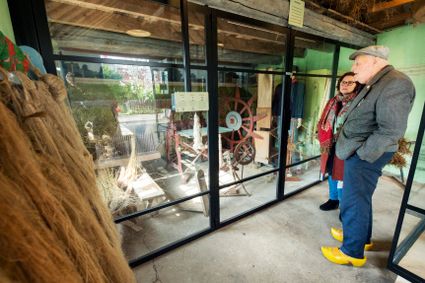
St. Nicholas Church Eastrum (Oostrum)
Near Dokkum, lies the village of Oostrum. On a partially excavated mound you will find this pretty little church with a remarkably low tower. In fact, the 13th century tower is much older than the church itself, which probably dates from the 16th century.
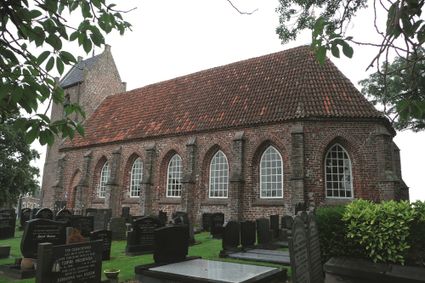
St. Nicholas Church Eastrum (Oostrum)
St. Nicholas Church Eastrum (Oostrum)
Terpleane 11
9125 EE Oostrum
Steenbakkerij Oostrum
Een 1873 opgerichte stoom-steenfabriek, één van de vroegste goed werkende ringovens in Nederland. Met behulp van een stoommachine werden hier gladde rode strengpersstenen geproduceerd.

Museum Dokkum
Midden in het historische centrum van Dokkum ligt het Admiraliteitshuis. Het museum Dokkum bevindt zich in dit pand dat bestaat uit een aantal historische panden, waaronder het zeventiende eeuwse gebouw van de Admiraliteit van Friesland en Groningen.
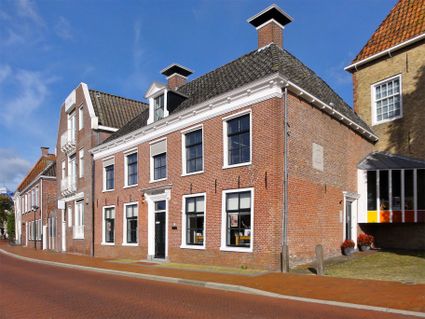
St Boniface Chapel
The 2.5-metre high memorial statue of St Boniface next to the St Boniface spring marks the spot where the saint died. Monastery stone was used to build a chapel near the spring to make this a place of pilgrimage.
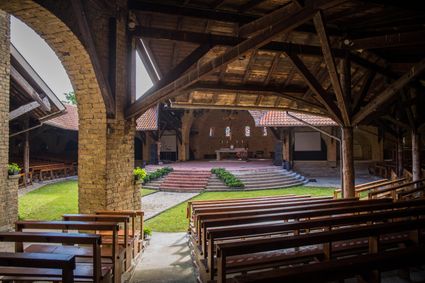
- 42
- 42
- 71
- 76
- 97
- 88
- 77
- 19
- 33
- 96
- 25
- 64
- 14
- 31
